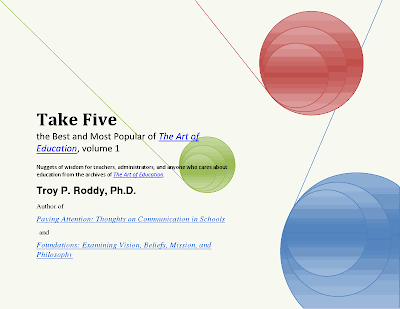Using "Predictive Visualization" for Student Success
A few days ago, I wrote an article titled, 2 Simple Steps to Boost Student Success . In that article, I suggested that having students determine WHEN and WHERE they would do their assignments would greatly increase their chances of actually doing the work on time and with better quality. These two simple steps are powerful, but their is another strategy I use with students (and teachers) to provide even more support to doing high quality work. In most cases, I use this additional strategy in addition to "When?" and "Where?" I call it using "predictive visualization." What is predictive visualization? Predictive visualization is reflecting on an assignment in a way that forms a mental image of the finished product based on what you predict is your best and most complete effort. Predictive visualization answers the question, "What would that assignment look like once you have finished it in its best and most complete form?" There ar
